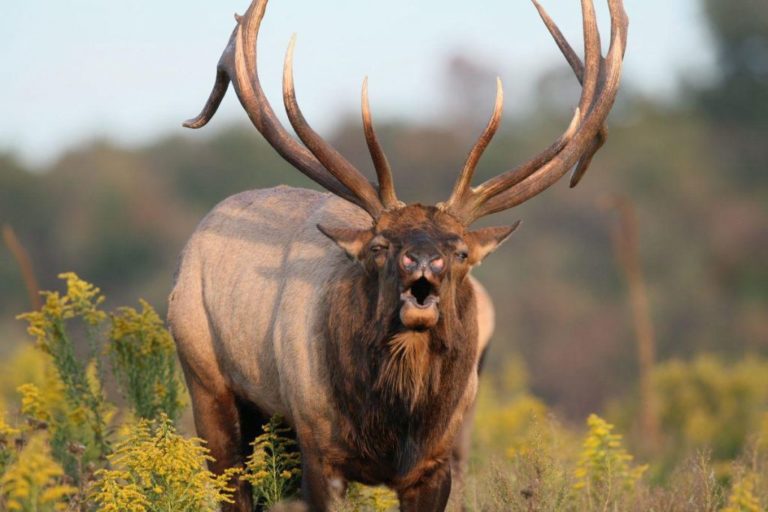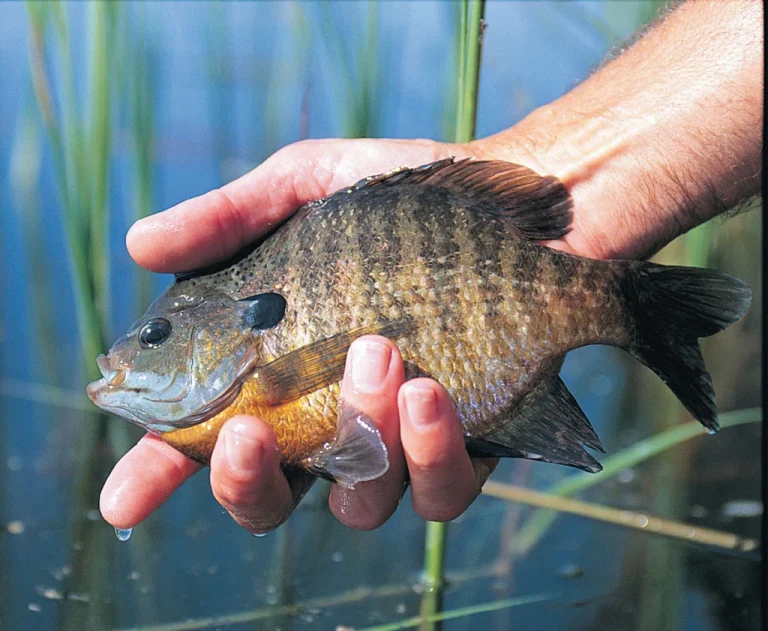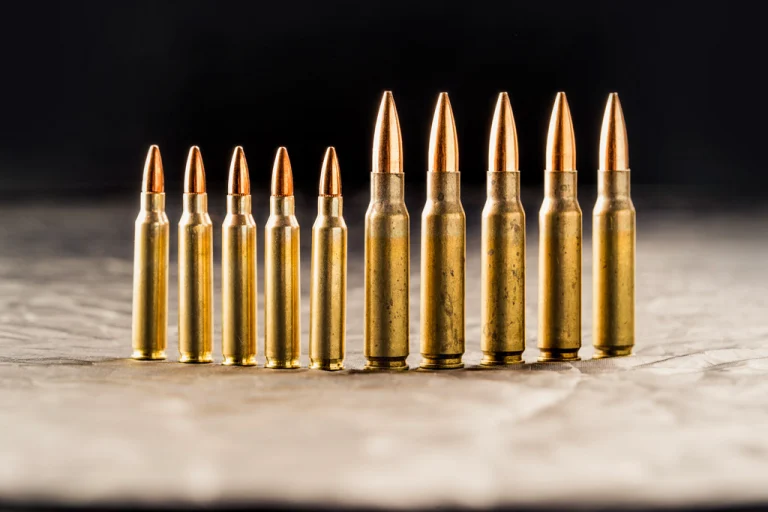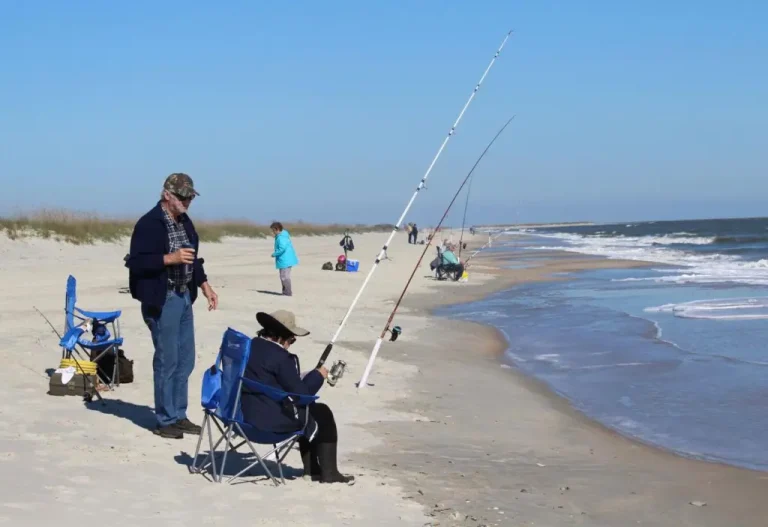Fishing can be done in any season, but the best time to fish is during the winter months. The cold weather causes fish to stay close to shore, which makes it easier for fishermen to catch them. There are numerous types of fishing in the winter, each with its own distinctive method for catching.
Some individuals enjoy catching bass, while others prefer trout or catfish. Other types of fish, including crappie, perch, and others, can also be caught. The kind of fish you want to catch with your bait and how you want them to bite will determine the kind of bait you use.
As a beginner however, you may want to check on The Ultimate Beginner Guide to Winter Fishing first before coming here as it will guide you better on what you should be doing from the start.

1. Make Use of the Right Bait and Reduce Your Catch
Some serious bass anglers believe that using live bait is cheating, but we do not. We’ll talk about lures in tip six, but live bait might just be the best way to entice a sluggish fish in the cold. Lures are definitely the most popular choice for bass fishing in the winter.
Reduce the size of your bait during the winter because bass are less likely to fight for a large prey. Therefore, instead of using a crustacean as your live bait, choose something a little smaller.
In the winter, worms and small baitfish like creek minnows and shiners will probably be your best bet. However, if you want to be successful when using live bait, you must ensure that you have the appropriate rig to preserve their health and freshness.
2. Reduce the Movement of Your Bait
Assume you were a cold-blooded animal who was submerged in icy water for at LEAST three months. It’s likely that your movements would also slow down. Many skilled anglers recommend imitating the bass’s winter movement patterns for the best chance of success. This means maintaining a slow, steady, and sluggish action from your bait.
In the cold, bass are more likely to go after a bite they don’t have to fight for because they will move much more slowly. Make sure your bait is steady and close to the water’s surface. You can also check on 5 TIPS FOR SUCCESSFUL FISHING IN COLD WEATHER from MossyOak for more information.
3. Stay Close to the Shore (when you’re not on ice)
During the winter, bass are more likely to be found near the shore for a number of different reasons. Because river banks are much warmer and shallower, fish will migrate there. In addition, there are more baitfish and other structures nearby that attract bass, making it an appealing spot for the fish to rest and eat.
Although it is possible to fish the shore from a boat or inflatable boat, it is easier to fish directly from the shore. Trying to maintain your boat’s stability in the face of wind, waves, and current is no longer an issue thanks to this. In addition, it places you directly above the bass that is probably chilling along the banks, making it much simpler to sneak up on them quietly.
Try out a drop shot rig in the bank areas that have been warmed by the sun. Even if the fish are a little slower than usual, this will give you a decent chance of catching one. I’d recommend also checking on Winter Fishing Tips and Tactics which is one of the most insightful articles I’ve read about fishing and learnt a thing or two too.
4. Deep Pockets
When the weather turns cold, a lot of bass will go to the deepest parts of lakes and ponds. Stick to the deep pockets in those areas. In point of fact, there are numerous bass that can be found in deep pockets in a lake at any time of year, but especially in the winter.
Bass like these deep spots because they can easily catch bottom-dwelling food there when they’re tired. The majority of the bass population will congregate there in large numbers because, when it’s cold, they tend to do so more frequently.
When you’re out on the lake in the winter, a fishfinder or water temperature gauge can really come in handy. When it comes to deep water bass fishing, some expert anglers say that the colder the water, the better. The ideal temperature range is between 15 and 30 feet, and you should stay in pockets that are below 50 degrees. The best fishfinder I’d recon for someone to get is the Garmin 010-01550-00 Striker 4 with Transducer which is one of the two fishfinders that I use. I also use the Garmin Striker Vivid 4cv, Easy-to-Use 4-inch Color Fishfinder which is also really great.
5. Focus on the Bottom
Regardless of what you may have read, many bass prefer to remain close to the bottom of a lake or river no matter the season. Scout the bottom of wherever you are fishing as was previously mentioned. When fishing in a river during the winter, it’s more important to look at the bottom.
There is a good chance that you can clearly see into the water below you if you are fishing along a shore. If this is the case, the fish can also see you, and vice versa. However, you are fortunate to be above, allowing you to easily sneak up on them and observe them prodding at your bait.
A drop shot rig or a shaky head rig can be very effective for bottom fishing. They both have a very natural appearance and are simple to control in action. Try these inexpensive night vision goggles for nighttime fishing.
6. Use the Right Lure
The Best Lures I’ve Come Across Over The Years:
There are a few different kinds of lures that work better in the winter than others. You will only be wasting your time if you use topwater and fast-moving lures. The following two options for a lure ought to suffice:
Football Head Jigs: These lures are designed to look like crawfish. Pick a color that is similar to the color of real crawfish in your area (usually green or brown) and slowly drag the lure along the water’s bottom for the best chance of success. Better is the slower pace.
Jerkbait: Winter anglers often opt for a suspending jerkbait, but there is a catch. If you use it in relatively clean water, the fish won’t be able to see it. These should be used around underwater structures, according to the experts.
Metal catches: Blades and spoons made of tough metal hold up well in cold water. They are extremely accessible, user-friendly, and excellent at imitating dead or injured baitfish.
7. Patience is Key

Fishing for winter bass is difficult, as you probably already know from reading this list of advice. However, despite the fact that it is not the most straightforward undertaking, it is not impossible! Be patient and avoid staring at your watch as you count the minutes because the process will definitely take longer than you are probably used to.
Yes, you won’t get as many bites as you would in the summer or spring, but the ones you do get will probably be much more rewarding. There is no need to rush out the door at the crack of dawn in the winter. Before going to the lake, take your time and have a second cup of coffee.
A “jerk, jerk, pause” cadence is a great technique that requires patience once you’re on the water. Allow your bait to rest for at least ten seconds, if not longer, after a few wiggles. Your catch will be drawn to a bite by this.
Wrap-up
If the guide was helpful you may want to go on to check 5 Ways to Catch More Fish in Winter to master the game of fishing in the cold weather. Make sure that you also wear the right apparel when you are out there, wear thick coats and a good boot. Most importantly, have fun out there in the cold open, it is nice to sit out there in the cold with a couple of buddies or even by yourself just waiting while enjoying the surrounding ambiance of cold mother nature.






